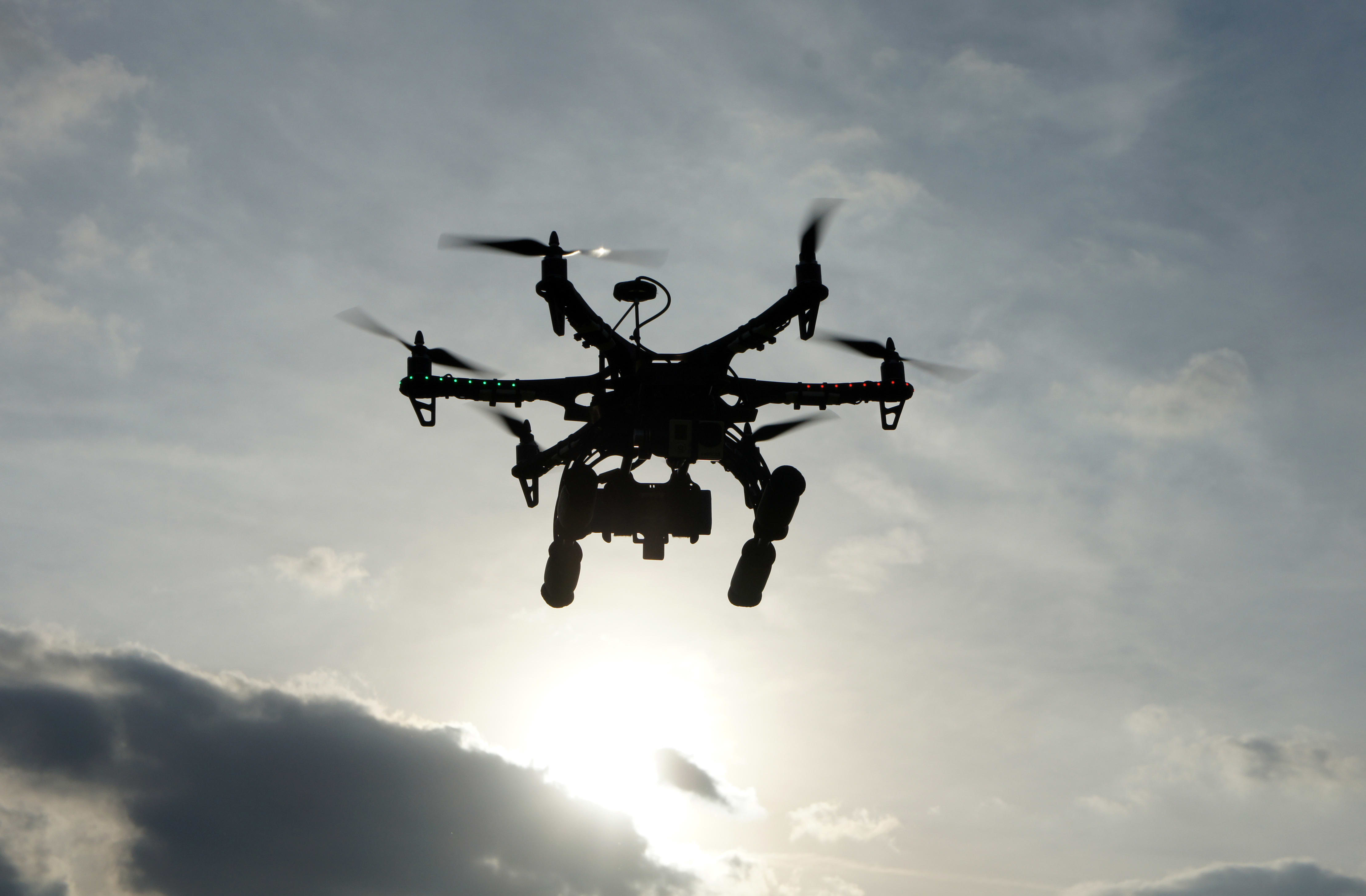Hydrogen planes and hyperloop: The EU outlines its vision for the future of transport

Richard Newstead | Moment | Getty Images
The EU has announced a broad new transport plan which aims to slash carbon emissions over the next three decades and focus on emerging technologies like drones and hydrogen aircraft.
The European Commission, the EU’s executive arm, presented its “Sustainable and Smart Mobility Strategy” on Wednesday.
According to the Commission, its strategy is centered around making Europe’s transport system “sustainable, smart and resilient.” It’s seen as being crucial to the EU’s desire for a 90% cut in transport related greenhouse gas emissions by the year 2050.
By 2030, aims for the strategy include: at least 30 million zero-emission cars on the road; “market-ready” zero-emission marine vessels; and the large-scale deployment of automated mobility. Other targets for the next decade include the development of more cycling infrastructure.
By the year 2035, it wants “zero-emission large aircraft” to be market-ready. Further ahead, the Commission says “nearly all cars, vans, buses as well as new heavy-duty vehicles will be zero-emission” by the middle of this century, while rail-freight traffic will have doubled.
“Through the implementation of this strategy, we will create a more efficient and resilient transport system, which is on a firm pathway to reduce emissions in line with our European Green Deal goals,” Adina Vălean, the commissioner for transport, said in a statement Wednesday.
The European Green Deal refers to the European Commission’s overarching plan for the European Union to be climate neutral by 2050.
Among other things, the strategy released on Wednesday focuses on emerging innovation and tech.
The EU, it states, will “put in place favourable conditions for the development of new technologies and services, and all necessary legislative tools for their validation.”
“We can expect the emergence and wider use of drones (unmanned aircraft) for commercial applications, autonomous vehicles, hyperloop, hydrogen aircraft, electric personal air vehicles, electric waterborne transport and clean urban logistics in the near future,” it adds.
Challenges and critiques
While authorities in Europe were keen to play up the strategy and emphasize the potential effects of its goals, some environmental organizations offered a different viewpoint.
In a statement reacting to the plans, the European unit of Greenpeace said the Commission’s proposal did not “suggest setting a reduction target for air travel, nor the number of privately owned cars.”
“While it does suggest that ‘collective travel’ (e.g. via air, rail and bus) under 500 km in the EU be carbon neutral by 2030, it nevertheless falls short of binding measures, such as a ban on short-haul flights where there is a greener alternative like rail,” the group added. “It also fails to set an end date for the sale of new cars with internal combustion engines.”
Elsewhere, the European Cyclists’ Federation, Cycling Industries Europe and Confederation of the European Bicycle Industry gave what they described as a “cautious welcome” to the strategy’s “positive statements about cycling.”
They stated that “a lot more work” was required to “identify how more ambitious change can be built into the Commission’s action plans.”
The associations went on to express their regret that the strategy had “not yet set specific milestones for cycling as a transport mode in the transport system of the future, nor does it incorporate specific, explicit actions to increase cycling uptake in its action plan.”



